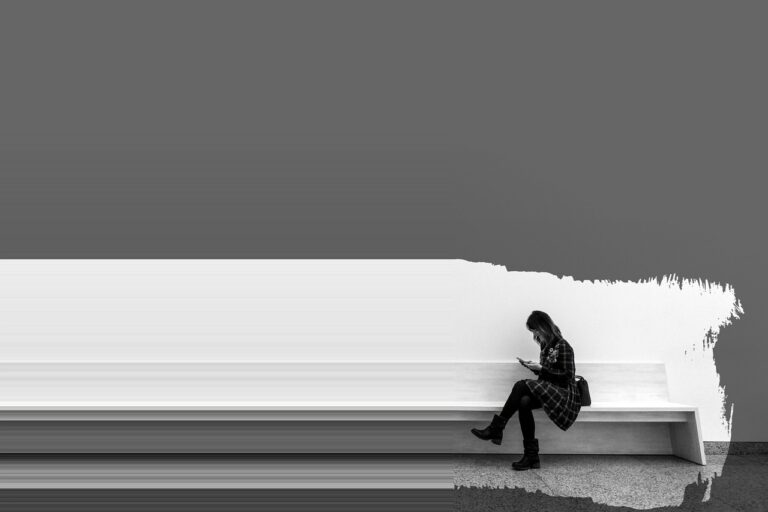Textile Designing Fundamentals: From Concept to Fabric
Textile designing is an intricate and creative process that involves transforming raw ideas into tangible fabrics. From traditional handwoven patterns to cutting-edge digital prints, textile design plays a crucial role in fashion, interior decoration, and industrial applications. The journey of a textile design, from concept to fabric, is a fascinating blend of creativity, technical knowledge, and market trends. This article will explore the fundamental steps involved in the process of textile design and how a simple concept evolves into a final product.
Understanding Textile Designing
Textile designing refers to the creation of patterns, structures, and colors on fabrics that are both functional and aesthetically appealing. It blends art, fashion, and technology to produce fabrics for clothing, upholstery, and other decorative purposes. Designers work with various materials such as cotton, wool, silk, and synthetic fibers to produce their designs.
The process of textile designing can be divided into two broad categories:
- Surface design: Involves adding patterns, colors, or embellishments to the surface of the fabric.
- Structural design: Involves creating patterns through the actual structure of the fabric by weaving, knitting, or other construction methods.
The Design Process: From Concept to Fabric
1. Concept Development
Every textile design begins with an idea. This initial stage is where the designer conceptualizes a theme, often inspired by nature, art, architecture, culture, or personal experiences. The designer brainstorms how this idea can be translated into a textile design that is both practical and visually striking.
The concept is then translated into sketches, mood boards, or digital renderings, outlining potential patterns, textures, and color schemes. This is the phase where designers experiment with different ideas, shapes, and motifs, visualizing how they will look when applied to the fabric.
2. Material Selection
The next step involves selecting the appropriate materials. The type of fabric used in textile designing greatly affects the final product. Some fabrics, such as silk or wool, lend themselves well to certain designs, while synthetic fibers like polyester or nylon might be better for more modern, functional designs.
The designer considers factors such as durability, texture, weight, and drape when choosing a fabric. The choice of fabric will also determine the techniques used for applying the design, whether it be printing, embroidery, or dyeing.
3. Pattern and Color Development
Pattern development is a critical aspect of textile designing. At this stage, designers create detailed illustrations or digital representations of the patterns. These could be floral, geometric, abstract, or a combination of various motifs. Designers may hand-draw patterns or use design software like Adobe Illustrator or specialized textile design programs.
Colors play a significant role in textile designing. Designers develop a color palette that aligns with their concept, taking into account color psychology, current fashion trends, and market demand. Textile designers often experiment with multiple color combinations to see which best enhances their pattern.
4. Sampling and Prototyping
Once the pattern and color scheme have been finalized, a sample is created. This step often involves printing the design on a small section of fabric to test its appearance, texture, and durability. Designers work closely with manufacturers or printing technicians to ensure the design translates well onto the fabric.
In some cases, weaving or knitting machines are used to produce samples of structural designs, where the pattern is part of the fabric’s construction. The designer carefully examines the sample, making necessary adjustments to ensure the final product meets the desired standards.
5. Production
After refining the design and sample, the next step is production. In mass textile designing, the fabric is produced on a larger scale using industrial looms, printing machines, or embroidery machines, depending on the design and material. Whether the method is screen printing, digital printing, or jacquard weaving, precision and consistency are key.
For smaller batches or artisanal textile production, hand-weaving, hand-dyeing, or block printing methods may be used. This allows for more personalized, intricate designs, often with unique imperfections that add charm to the fabric.
6. Final Finishing
After production, the fabric undergoes various finishing processes to enhance its durability, texture, or appearance. This may include treatments like washing, steaming, or heat-setting to fix the colors and patterns. Additional finishes like waterproofing, wrinkle resistance, or softening agents can also be applied, depending on the intended use of the fabric.
The fabric is now ready to be used in fashion, home furnishings, or other industries. Designers may collaborate with fashion houses, interior designers, or textile manufacturers to bring their designs into the market.
Importance of Textile Designing
Textile designing is essential to both the fashion and interior design industries, influencing trends and innovations. The field of textile designing merges art with science, pushing the boundaries of technology to create innovative, sustainable, and aesthetically pleasing fabrics.
The use of eco-friendly materials and sustainable production methods has also become a key focus in contemporary textile designing, as more designers seek to reduce the environmental impact of the fashion industry.
Conclusion
Textile designing is a dynamic and evolving discipline, where creativity meets functionality. From the initial concept to the finished fabric, the process involves numerous stages, each contributing to the final design. By blending artistic vision with technical skills and understanding market demands, textile designers play a pivotal role in shaping the fabrics that define our wardrobes and living spaces. Whether through traditional methods or cutting-edge technology, textile designing continues to be a critical element of the fashion and design landscape.







